#Beaumont Newhall
Quote
We are not interested in the unusual, but in the usual seen unusually.
Beaumont Newhall
118 notes
·
View notes
Text
Passing the Polygraph - Books of Collections
It’s been quite a time that I’ve been obscurely dissatisfied with ordinary photographic monographs. I suppose I shouldn’t complain: I’ve written texts for dozens of them, usually as an introduction before the pictures, and usually found much to like in the pictures concerned. No doubt the good ones still keep coming; the great ones, too, and probably at the same very slow rate as ever. But I’m…
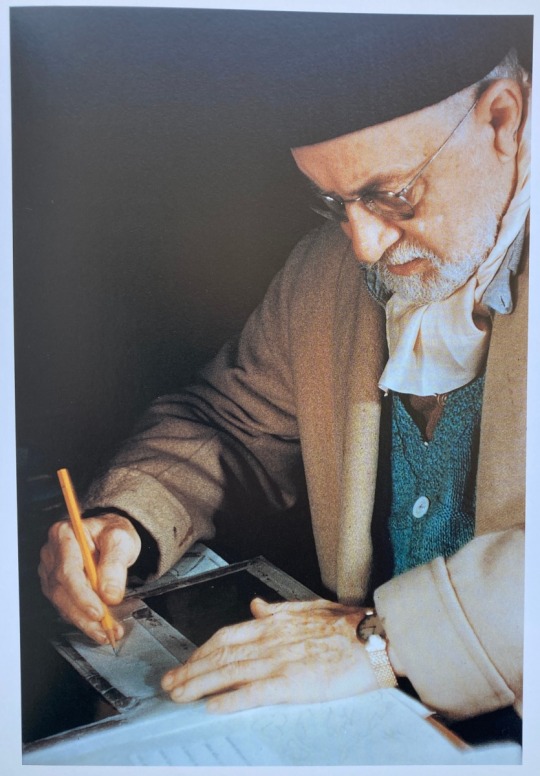
View On WordPress
#Aaron Siskind#Alice Neel#Ann Kuriakin#Beaumont Newhall#Book Fairs#Books of Collections#Bruce Bernard#David Seymour ("Chim")#Eastman House#Gisèle Freund#Gjon Mili#Harry Lunn#Helmut Gernsheim#Henri Matisse#Henry Guttmann#Henry Holmes Smith#Henry M. Buhl#Hill & Adamson#Howard Greenberg#Jacques-Henri Lartigue#Jeffrey Fraenkel#Joachim Bonnemaison#Joel-Peter Witkin#Julia Van Haaften#Julien Levy#Library of Birmingham#Maison Européenne de la Photographie#Manuel Alvarez Bravo#Marta Braun#Matthieu Pernot
0 notes
Text
美國肖像攝影大師阿諾.紐曼官網:Arnold Newman (1918-2006)
點擊圖片前往官網
阿諾.紐曼 (Arnold Newman, 1918-2006),是站長一直以來最喜歡的肖像攝影師沒有之一。20多年前曾經搜尋過他的官網無果,在撰寫資料庫文章時也因為其基金會版本網站資訊有限,因此沒有在藝術攝影網站巡禮這單元另外介紹,然而在今日卻發現這個2020年版的官網已經整理出不少主要作品,因此要在這和大家再次分享。
1918 年 3 月 3 日出生於紐約的阿諾.紐曼,於 1938 年開始了他的攝影生涯,隨後不久被攝影史上關鍵人物的博蒙特·紐霍爾(Beaumont Newhall) 和史蒂格利茲(Alfred Stieglitz) 發掘,並開始從事肖像攝影相關的實驗創作。Arnold Newman 其在攝影史與創作領域的關鍵成就無數,用得過幾個獎、出版過幾本出版品、幾個博物館收藏或媒體刊載、獲得過多少勳章很難說明其在攝影領域的地位,但是能有9…

View On WordPress
0 notes
Text
Cindy Sherman
“I wish I could treat every day as Halloween, and get dressed up and go out into the world as some eccentric character.”
Cindy Sherman, an American photographer born in 1954, has spent an four decades delving into the idea of identity. Sherman is known for playing with visual, cultural, celebrity and gender themes in her photography. Her work has placed her among the most significant artists of the Pictures Generation. This group from the 1970s, which also includes renowned artists like Richard Prince, Louise Lawler, Sherrie Levine, and Robert Longo, responded to the mass media landscape with humour and criticism.
Sherman is widely recognized for her fascination with experimenting with various identities. She enjoys the idea of treating every day like Halloween, getting dressed up, and presenting herself to the world as an eccentric character. Shortly after she moved to New York, she produced her iconic Untitled Film Stills series from 1977 to 1980. In this series, she disguised herself as different characters and utilized props to create scenes similar to mid-20th-century low budget movies. She was only 23 when she started this project, and the images she produced rely heavily on female characters such as a jaded seductress, an unhappy housewife, and a rejected lover. These photographs immediately sparked discussion about feminism, and they continue to be her best-known works.
Throughout her career, Sherman has continually transformed herself visually, showcasing a diverse range of human personalities and stereotypes in her images. She often works in series, for instance, Untitled #216, from her history portraits series, exemplifies her use of theatrical effects to embody different roles. She does not hide ‘flaws’ in her photographs, often her wigs are slipping off, her prosthetics peeling away, and her makeup is poorly blended. This approach is used to highlight how artificial the photos are, as a metaphor for the artificiality of all identity construction.
Sherman is also captivated by the grotesque. In the 1980s and 1990s, she produced series like ‘the disasters’ and the ‘sex pictures’, which confront viewers with ugly side of humanity. She once mentioned being disgusted by how people make themselves appear beautiful, and instead, she's much more fascinated with the opposite side. During the AIDS crisis, she explored photographing the effects of it. In these series and all her work, Sherman draws attention to the fake-ness and ambiguity of stereotypes and the darker side of humanity.


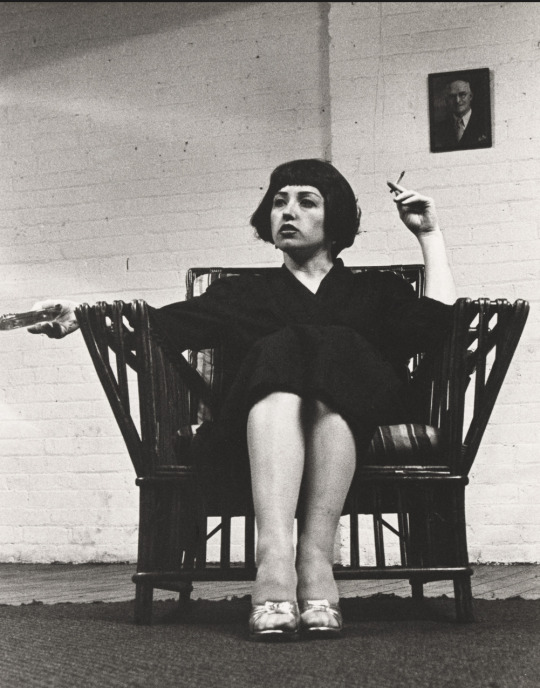
Kristen Gaylord, Beaumont and Nancy Newhall Curatorial Fellow, “Cindy Sherman,” MoMA, 2016, https://www.moma.org/artists/5392
0 notes
Text

Photographic portrait of nature photographer Ansel Adams — which first appeared in the 1950 Yosemite Field School yearbook. The camera is probably a Zeiss Ikon Universal Juwel.
Ansel Adams is one of the giants of 20th Century photography, esteemed for his lush gelatine silver photographs of the national parks that have become icons of the US wilderness. A passionate champion of photography as a legitimate form of fine art, he referred to his most stunning images as his "Mona Lisas". But Adams was also a tireless conservationist and wilderness preservationist who understood the power of a strong image to sway public and political opinion.
His stirring images of US national parks have no doubt always inspired a desire to protect the natural world. But his lesser-known images of oil derricks and the decimated landscapes in California's Owens Valley have also taken on a renewed relevance in today's era of climate change.
Most of Adams' best known images were taken with 8x10 and 4x5 view cameras. He also used a variety of other negative formats, from 35mm and medium format roll film through less common formats such as Polaroid type 55 and 7x17 panoramic cameras.
The 1958 documentary "Ansel Adams, Photographer" narrated by Beaumont Newhall gives an overview of Adams's toolkit at the time, with some examples of his camera outfits including:
8 x 10 view camera, 20 holders, 4 lenses - 1 Cooke Convertible, 1 ten-inch Wide Field Ektar, 1 9-inch Dagor, one 6-3/4-inch Wollensak wide angle.
7 x 17 special panorama camera with a Protar 13-1/2-inch lens and five holders.
4 x 5 view camera, 6 lenses - 12-inch Collinear, 8-1/2 APO Lantar, 9-1/4 APO Tessar, 4-inch Wide Field Ektar, Dallmeyer London Telephoto
Adams mounted a platform on the roof of his car to allow him to take images with the view cameras from an elevated point of view.
0 notes
Text
Moholy’s Penguin book appealed to a wide readership and sold 40,000 copies as an inexpensive paperback at 6 pence within two years (Sachsse 1985, 61). Even though the paperback never aimed to be, nor ever could be, a weighty foundational work of photographic history, its negative reception within the profession was probably due to gender-based exclusion. A review by Beaumont Newhall, curator of photography at the Museum of Modern Art (Newhall 1941) described it as superficial. Moholy was also effectively excluded from the historiography of photography when Helmut Gernsheim, who was to have a decisive impact on research into early photographic history, omitted to mention her book in his later publications. The photo historian Rolf Sachsse has described this “loss of memory” by Gernsheim: If she is still thanked in his first book New Photo Vision (1942), Moholy is only mentioned in the bibliography of the weighty survey work The History of Photography from the Earliest Use of the Camera Obscura in the Eleventh Century up to 1914 (1955); in the second edition of the 1969 book, Lucia Moholy’s A Hundred Years of Photography 1839–1939 is no longer listed (Sachsse 1985, 61; Szwast 2019, 15).
0 notes
Text
Landscape: Contextual Task
Task one: 10mins individually
What genre (style) of landscape photography interests you?
Traditional idealised representations? Environmental? Fine art? Commercial? Conceptual?... Why are you interested and where might
we see your work?
Learning about topographic, I've realised I've always enjoyed this style, especially when incorporated in films as this style of photography can be very cinematic, despite not knowing the correct term for it.

Ed Freeman: neglected building across the western United States


Abstract landscape photography however peaks my interest the most, I enjoy the way some photographers hones in on textures leaving you uncertain of where or what they're showing you. The possibility of photographing an inanimate object that could turn/look like landscape fascinate me. As well as an endless amount of elements that is incorporated within an image or physically done to them to tell a different story, show a different mood or turn it into something new entirely.


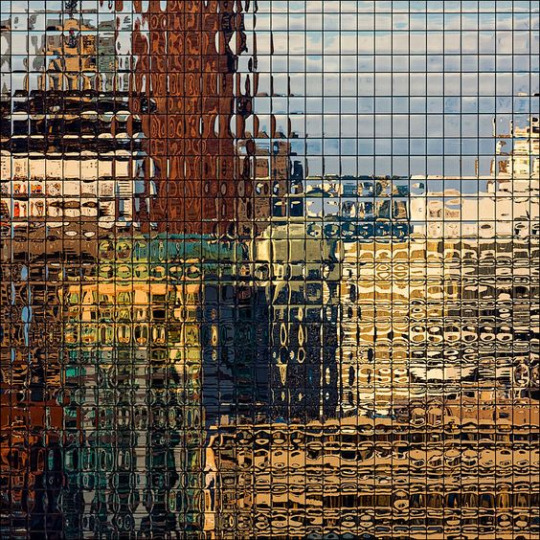
Task two: 15 mins Individually.
Now that you have chosen the genre (style) of landscape photography that appeals to you, research one photographer who is working in the field.
In your workbook write down a brief biography of the photographer, which genre (style) of photography that they work with and one example of their work. Why did you choose this image and how
does it work?
Brett Weston:
Brett Weston (1911-1993) is an American photography who was called the "child genius of American photography" by Van Deren Coke. His work is known for sharp, bold compositions and abstract imagery done with the 8 by 10 inch camera in black and white on Western landscape. Though his earlier work showcases a lot of landscapes from Mexico, San Francisco and New York. He was a part of the Group f/64, "who favoured large-format view cameras, straight and un-cropped images, and stark black-and-white prints." He preferred the high gloss papers instead of the commonly used platinum matte photographic papers in 1920s. He was credited by photography historian Beaumont Newhall as the first photographer to make negative space the subject of a photograph.

Brett Weston: Ice Abstraction
I chose this image because I think it is a very good representation of the abstract style. This clearly looks like it is a landscape in many sense, especially the organic shapes and line prominent in it however it is a macro image of an ice cube. Whilst this could be argue that is most definitely isn't a landscape photographs, by definition it is abstract. I feel without knowing the name of the piece, we would never know that it isn't.
Task 3: 15 minutes
Landscape photography is often used commercially. In your research groups find one brand that regularly uses landscape photography in their advertising. Write down who they are, what they sell and why they might be using landscape photography to promote their brand.
Illustrate your answers with an image of the advert in question.


2016 Ford Explorer
Car companies, such as Ford, often include landscape photography in their product shots and ads as they're selling a way of transportation. They often try to sell a lifestyle of adventures, family trips or a vehicle that is suitable for all terrains. With this, they need to be able to support their claims by showing the endless amount of interesting places you could travel to using their products and what their products can endure in the process. Landscape photography and car companies go hand in hand.
0 notes
Text
The imaginary photo museum
Autor: Renate Gruber, L. Fritz Gruber, Helmut Gernsheim,
Beaumont Newhall, Jeane von Oppenheim, Michael Rollof
Titel: The imaginary photo museum -
With 457 Photographs from 1836 to the Present
Verlag: Penguin Books
Erschienen: 1991
Sprache: Englisch
ISBN: 0140065229
ISBN-13: 9780140065220
- Berenice Abbott
- Alfred Eisenstaedt
- Man Ray
- Ansel Adams
- Walker Evans
- Jacob August Riis
- Diane Arbus
- Luigi Ghirri
- Erich Salomon
- Eugene Atget
- Philippe Halsman
- Christian Schad
- Richard Avedon
- Lewis Hine
- Ben Shahn
- Lewis Baltz
- Emil Otto Hoppe
- Arthur Siegel
- Hippolyte Bayard
- Gertrude Käsebier
- Aaron Siskind
- Sir Cecil Beaton
- Andre Kertesz
- Emmanuel Sougez
- E. J. Bellocq
- Dorothea Lange
- Edward Steichen
- Werner Bischof
- Jacques Henri Lartigue
- Alfred Stieglitz
- Margarete Bourke-White
- Joel Meyerowitz
- William Henry Fox Talbot
- Mathew Brady
- Duane Michals
- Felix Teynard
- Brassai
- Martin Muncacsi
- Josef Sudek
- Robert Capa
- Nadar
- Roman Vishniac
- Paul Caponigro
- Paul Outerbridge Jr.
- Weegee
- Etienne Carjat
- Gordon Parks
- Edward Weston
- Lewis Carroll
- Irving Penn
- Clarence White
- Imogen Cunningham
- Eliot Porter
- Garry Winogrand
-
The imaginary photo museum
Antiquarische Bücher über Fotografie bei LachundSachbuecher.de
Read the full article
#AaronSiskind#AlfredEisenstaedt#AlfredStieglitz#AndreKertesz#AnselAdams#ArthurSiegel#BeaumontNewhall#BenShahn#BereniceAbbott#Brassai#ChristianSchad#ClarenceWhire#DianeArbus#DorotheaLange#DuaneMichals#E.J.Bellocq#EdwardSteichen#EdwardWeston#EliotPorter#EmilOttoHoppe#EmmanuelSougez#ErichSalomon#EtienneCarjat#EugeneAtget#FelixTeynard#Fotografie#GarryWinogrand#GertrudeKäsebier#GordonParks#HelmutGernsheim
0 notes
Text
The family of man steichen pdf
THE FAMILY OF MAN STEICHEN PDF >>Download (Herunterladen)
vk.cc/c7jKeU
THE FAMILY OF MAN STEICHEN PDF >> Online Lesen
bit.do/fSmfG
book, the family of man
family of mankindthe family of man book pdf
the family of man book first edition
robert frank family of man
Idee einer 'Family of Man' ist eine schöne Idee, der la filière luxembourgeoise des Steichen. de Steichen passés dans un berceau luxembourgeois. Auf Geheiß des Direktors des MoMA, Alfred Barr, übernahm Steichen 1947 die Leitung der Fotografie Abteilung von seinem Vorgänger Beaumont Newhall, derThe Family of Man ist eine Foto/Textinstallation, die ab 1951 von Edward Steichen für das New Yorker Museum of Modern Art (MoMA) konzipiert wurde, Aesthetics, No.20 : Abstract ◊◊ The Japanese Society for Aesthetics ◊◊ FSA photography and the Steichen Collections: The Family of Man and The Bitter Die Sammlung The Family of Man umfasst 503 Aufnahmen von 273 Fotografen aus 68 Ländern und wurde von Edward Steichen für das Museum of Modern Art in New
https://www.tumblr.com/xamoxojuh/697531803938045952/kleiner-katechismus-luther-pdf, https://www.tumblr.com/xamoxojuh/697531803938045952/kleiner-katechismus-luther-pdf, https://www.tumblr.com/xamoxojuh/697531803938045952/kleiner-katechismus-luther-pdf, https://www.tumblr.com/xamoxojuh/697531803938045952/kleiner-katechismus-luther-pdf, https://www.tumblr.com/xamoxojuh/697531803938045952/kleiner-katechismus-luther-pdf.
0 notes
Photo
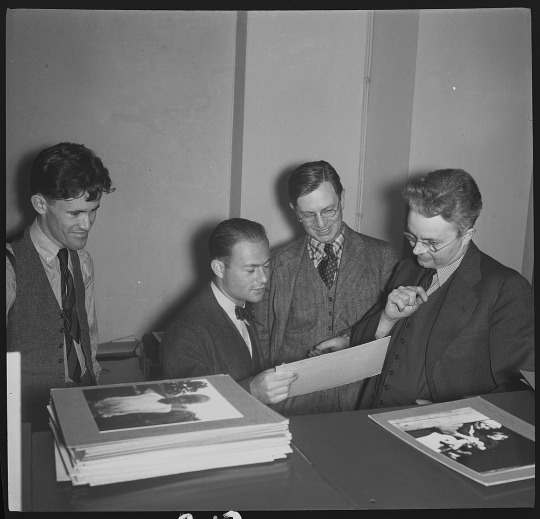
Farm Security Administration: the Photographers
“Photograph shows Farm Security Administration photographers (left to right) John Vachon, Arthur Rothstein, and Russell Lee with Roy Stryker (right), reviewing photographs,” 1937-1944, by Beaumont Newhall.
Library of Congress Prints & Photographs Online Catalog
Farm Security Administration/Office of War Information Collection
1 note
·
View note
Photo

Edward Weston, Photo by Beaumont Newhall, 1940
83 notes
·
View notes
Photo
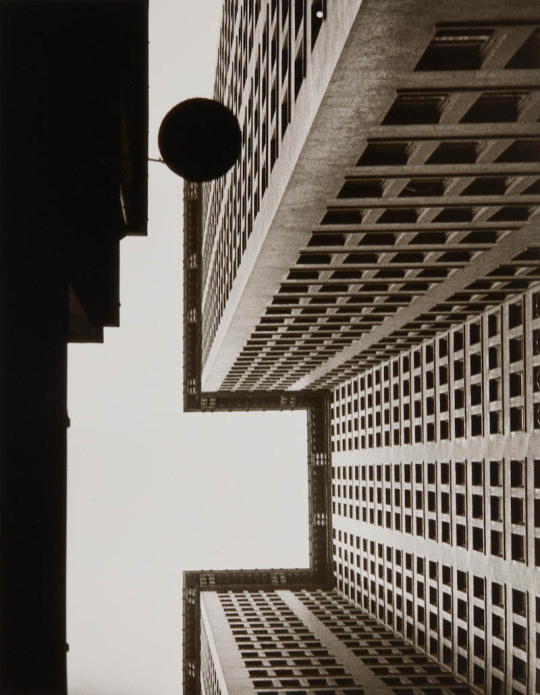
Chase National Bank building, 1928.
Photo: Beaumont Newhall via Bonham's
#New York#NYC#vintage New York#old NY#1920s#Beaumont Newhall#b&w photography#Chase Bank#Chase National Bank#architecture
53 notes
·
View notes
Text
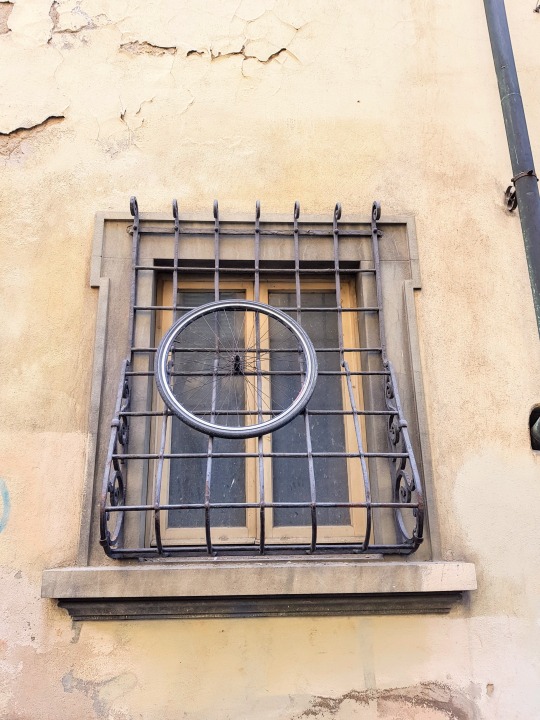
We are not interested in the unusual, but in the usual seen unusually.
-- Beaumont Newhall
(Lucca, Italy)
215 notes
·
View notes
Link
Bitzer could easily duplicate a camera set-up by putting his tripod over the little pile of celluloid disks. Static electricity, generated by the friction feed of the film, caused trouble; to overcome it the interior of the camera was heated with a shielded bicycle lamp which burned alcohol. But in cold weather, when static was most severe, the heat brought fur ther trouble—condensation on the lens. The film scratched easily, and these scratches showed up so prominently in sky areas that it was necessary to exclude as much sky as possible in the composition of the shots. Yet out of this crude equip ment came some of the finest photography seen on the screen, and the catalog of innovations is staggering. Many of these innovations began as accidents which Bitzer turned into practical techniques. A less imaginative and courageous director than Griffith would have hesitated to recognize their esthetic and dramatic value. This is not the place to discuss priority; the importance of these devices lies in their functional, almost automatic, origin and in their brilliant exploitation.
#movie#billy bitzer#wilhelm gottfried bitzer#DW Griffith#interview#beaumont newhall#Iris Barry#lillian gish#1965#book
1 note
·
View note
Photo

Henri Cartier-Bresson, Beaumont Newhall, 1946
#photography#vintage#vintage photography#henri cartier bresson#beaumont newhall#1940s#american#portrait#black and white photography
56 notes
·
View notes
Text
Art in the Drawers
In our basement annex, there are over 100 map drawers containing various and sundry items from college party posters to 19th century maps of Texas to a poster signed by Nelson Mandela.
Since it is in the basement and map folders are very unwieldy, I rarely go down there hunting for blog material. Today, a patron forced my hand.
Below are an assortment of posters from the Institute for the Arts / Rice Museum. They range in date from 1971 to 1983.
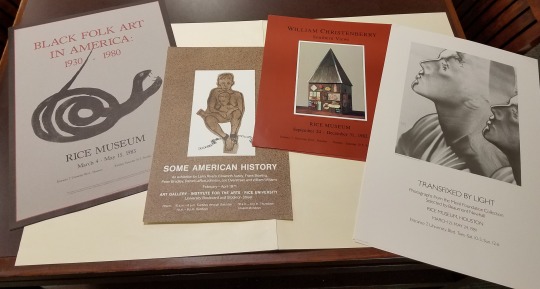
The majority of items that document the time that the de Menils spent at Rice live at the Menil Collection archives. We only have a taste of what they left behind.
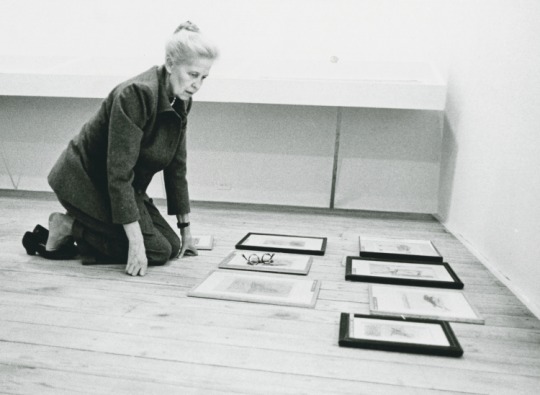
Dominique de Menil preparing for the Max Ernst exhibit, 1972
#university archives#beaumont newhall#daniel larue johnson#dominique de menil#ellsworth ausby#frank bowling#joe overstreet#larry rivers#peter bradley#rice museum#william christenberry#william williams
6 notes
·
View notes